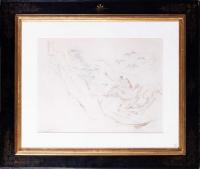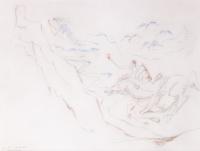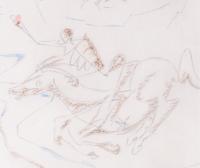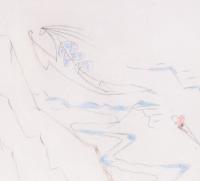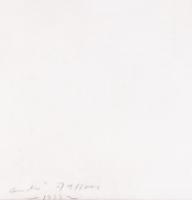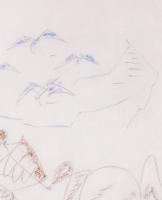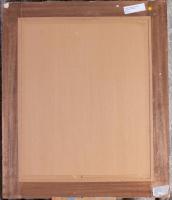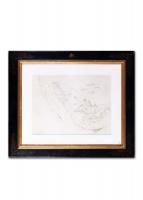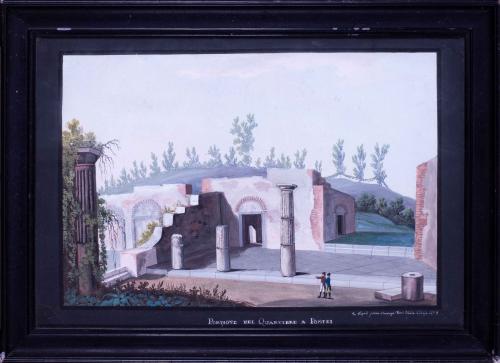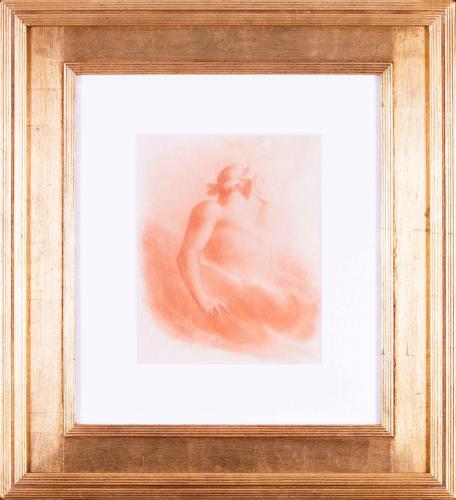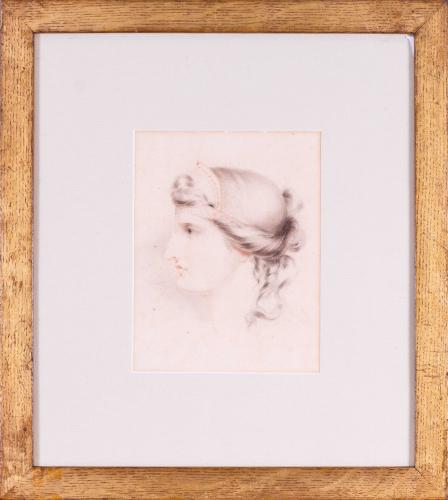
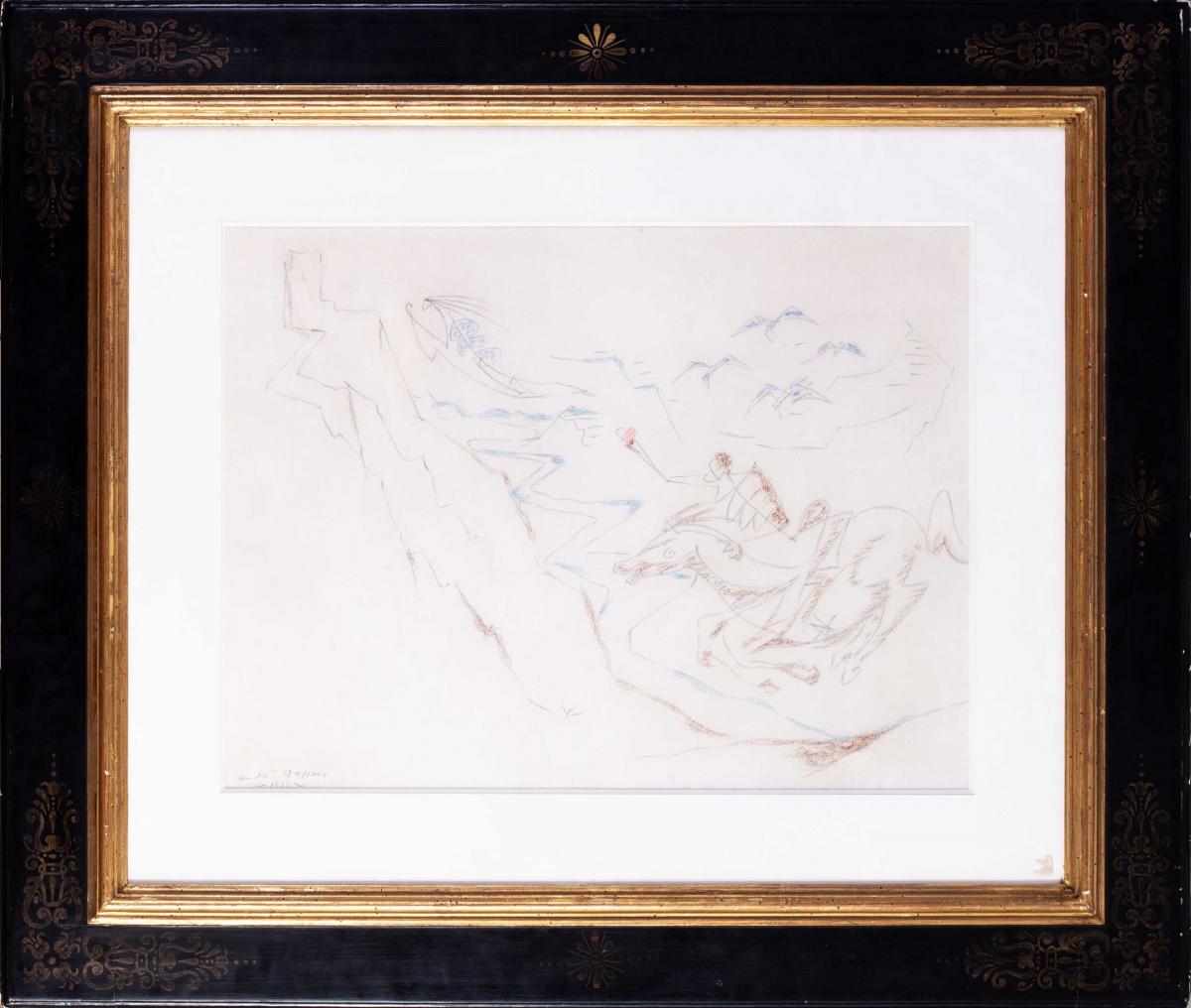
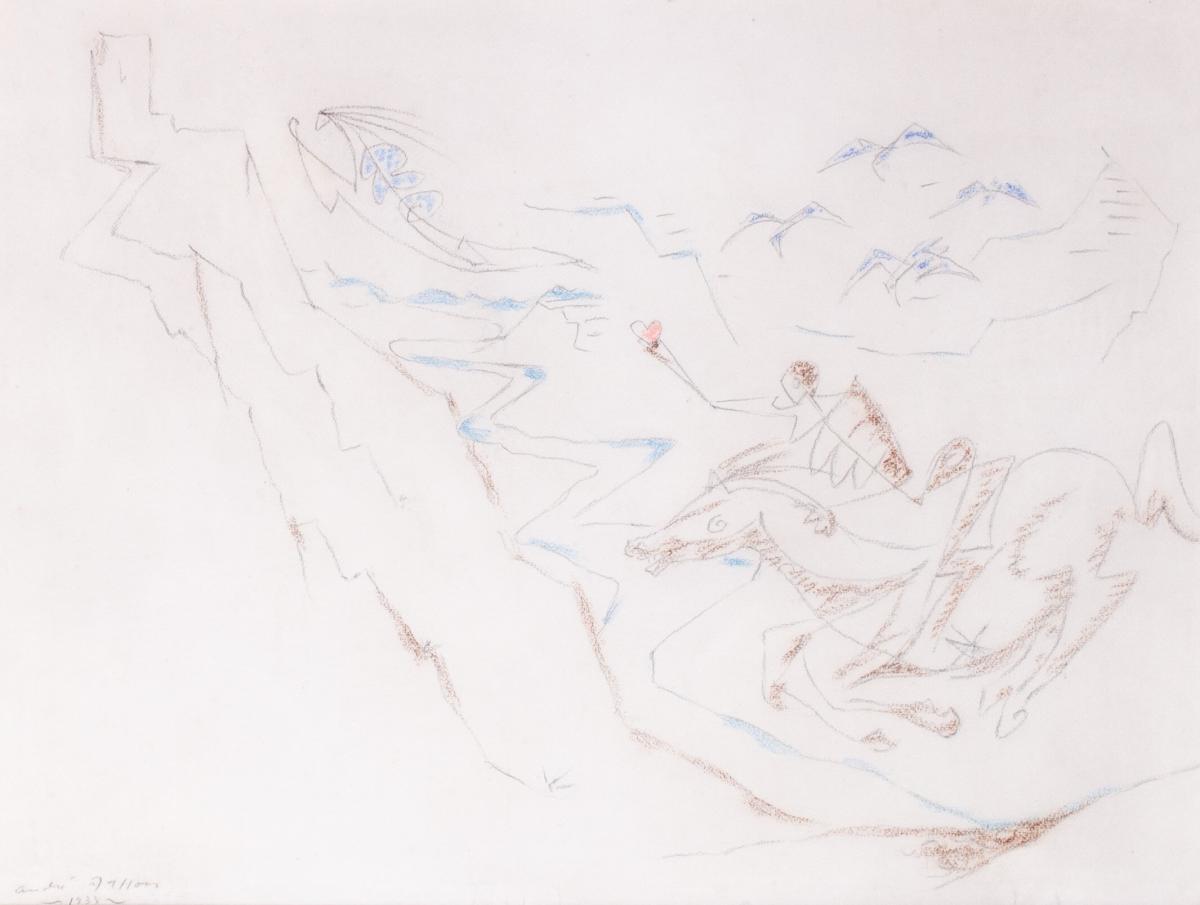
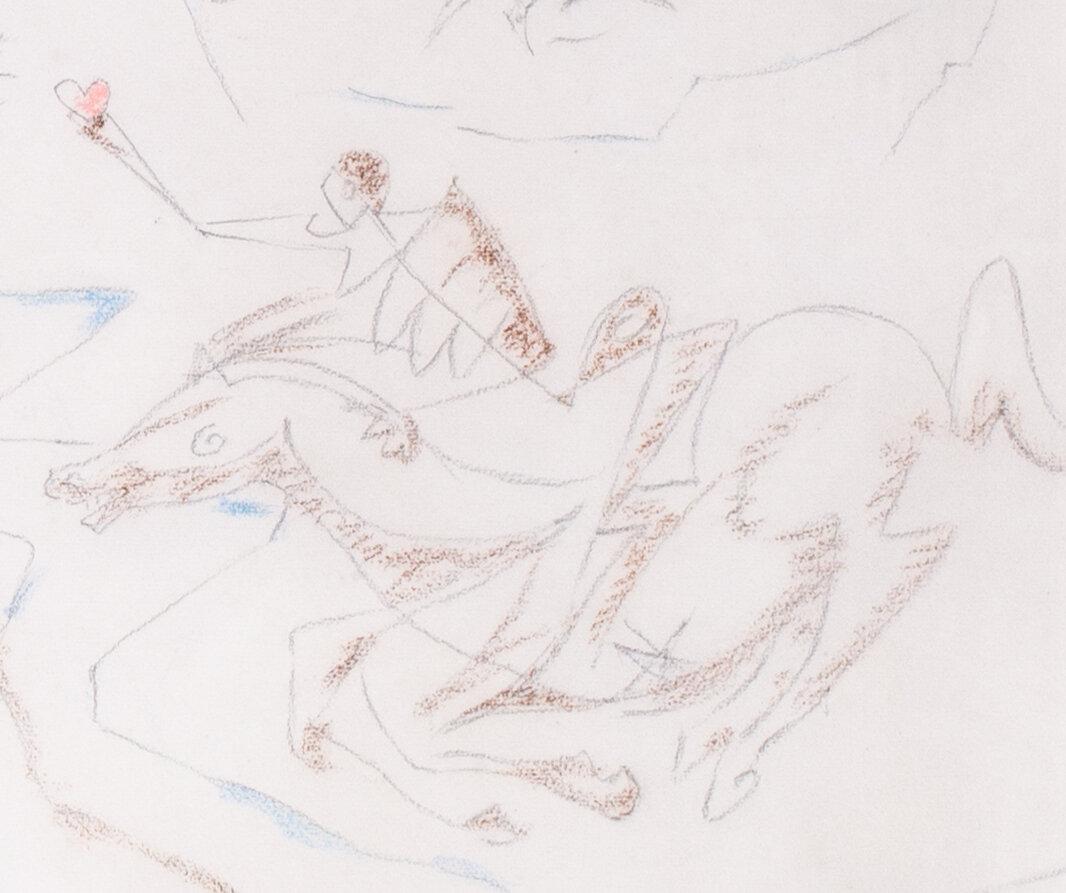
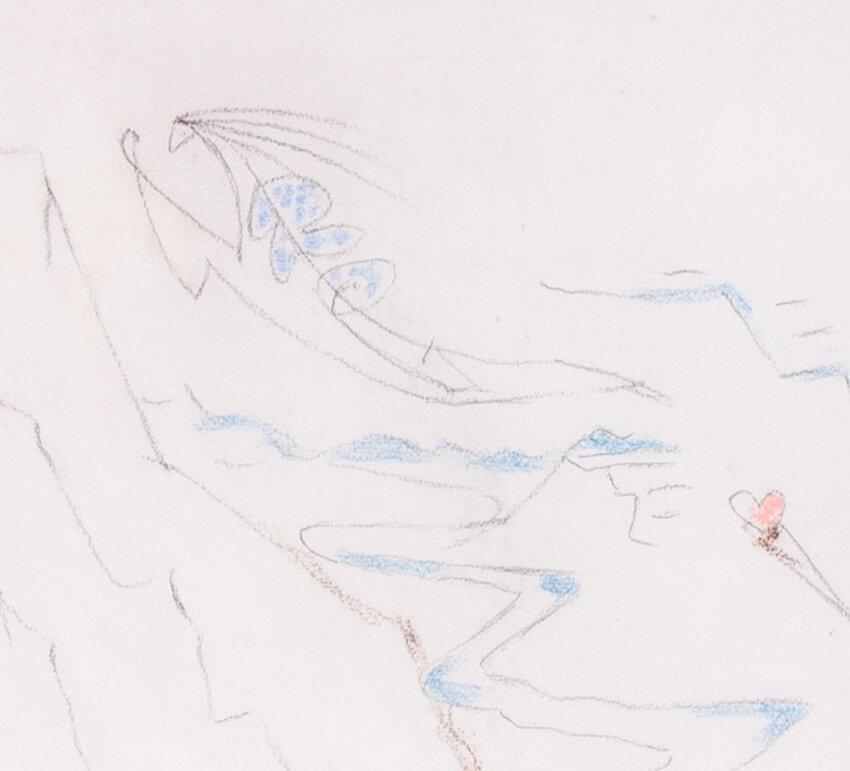
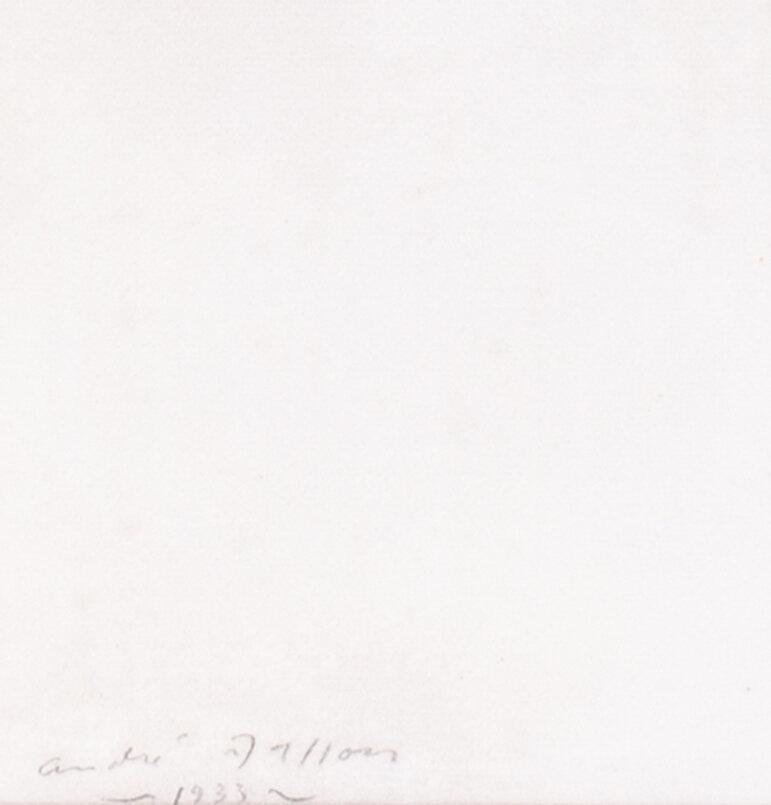
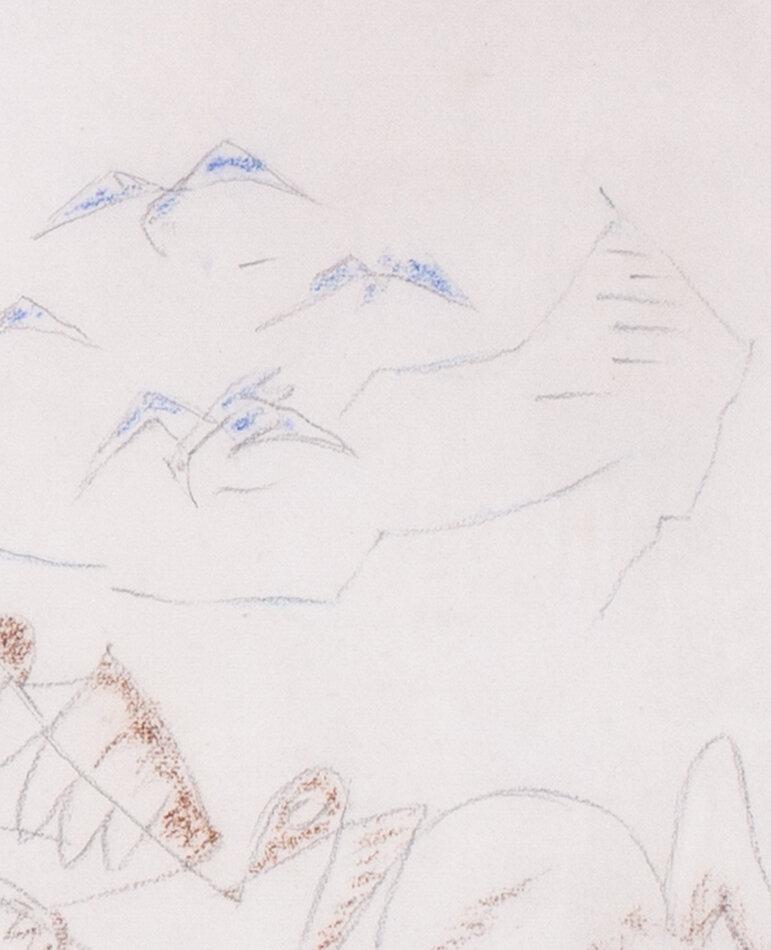
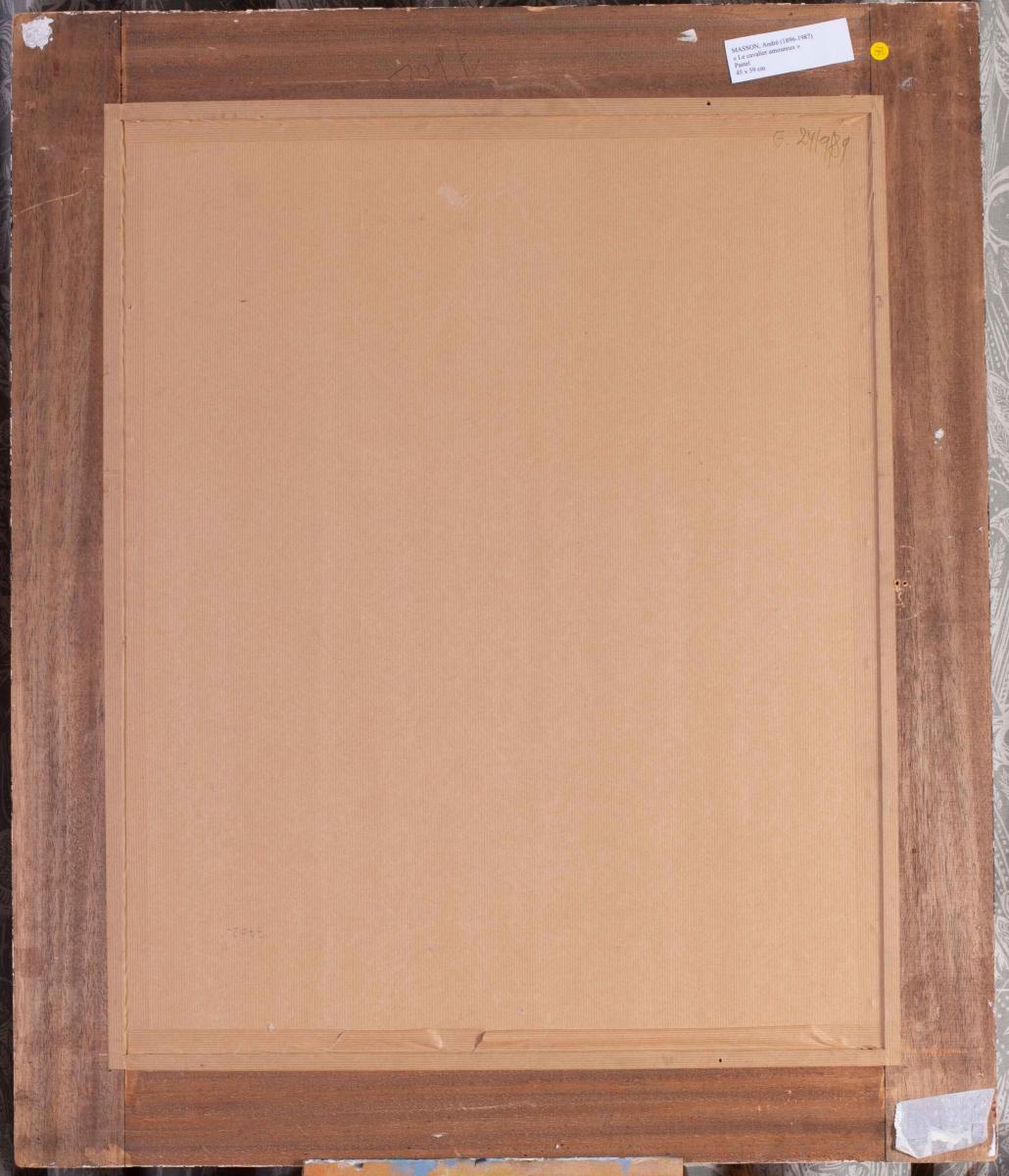
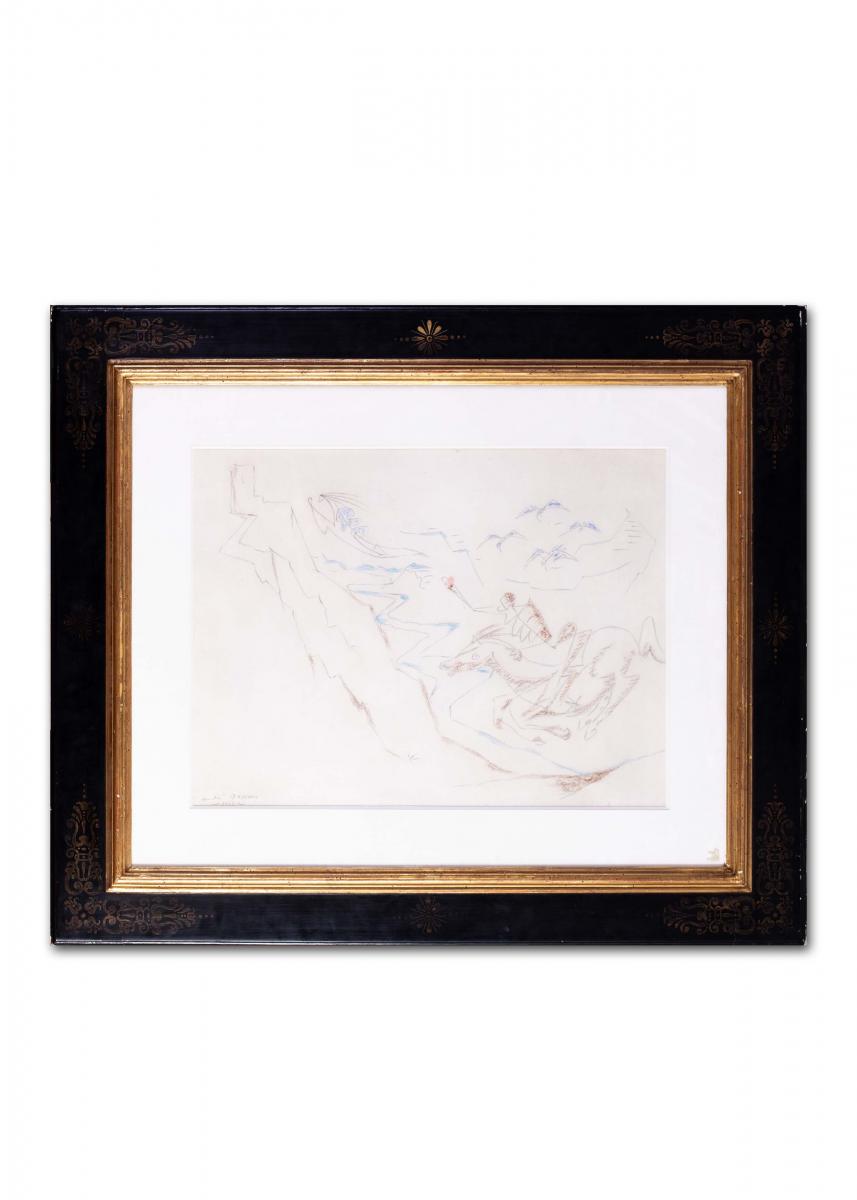
Price
£5100.00This object is eligible for a Certificate of BADA Provenance
The BADA Standard
- Since 1918, BADA has been the leading association for the antiques and fine art trade
- Members are elected for their knowledge, integrity and quality of stock
- Our clients are protected by BADA’s code of conduct
- Our dealers’ membership is reviewed and renewed annually
- Bada.org is a non-profit site: clients deal directly with members and they pay no hidden fees
Andre Masson (French, 1896 – 1987)
Le Cavalier Amoureux
Pastel on paper
Signed and dated ‘Andre Masson, 1933’
17.1/2 x 23.3/8 in. (44.5 x 59.2 cm.)
Frame measurements: 80 x 95cm.
Provenance: Galerie Moderne, Brussels, 13th October 2020
Condition: Three small fox marks to upper middle on close inspection. In very good order otherwise. In a thick white mount, behind glass. In a gilded frame with black outer section containing gilt ornament to corners and centre sections.
André Masson was born on January 4, 1896, in Balagny-sur-Thérain, a town just north of Paris. A childhood full of time in close proximity to nature made a lasting impression on Masson, and he drew inspiration from nature and landscape imagery throughout his career.
At age 11 he enrolled in the Académie royale des beaux-arts and the École des arts décoratifs in Brussels, where he studied with the Symbolist painter Constant Montald. He first encountered modern art through the work of James Ensor before learning about the ideas of the Futurists and Cubists.
At age 16, he was awarded the Grand Prix de l'Académie for painting. Masson pursued further training in Paris at the École nationale supérieure des beaux-arts. While in Paris, he became interested in paintings by Nicolas Poussin, particularly their representations of mythological themes, subjects that he would later treat in his own work.
With the outbreak of World WarI, Masson joined the French infantry in 1915 and fought in the battles of the Somme. He sustained a serious chest wound and was hospitalized for an extended period. Deeply traumatized by his wartime experiences, he also suffered a spiritual crisis and was briefly confined to a hospital for mental illness.
During the early 1920s in Paris, Masson had a short Cubist-inspired phase before he became acquainted with the Surrealists, who introduced him to automatic writing. In 1924 André Breton invited him to join the Surrealist group. Beginning in 1925 the journal La révolution surrealiste (The surrealist revolution) published Masson's automatic drawings.
His experimentation with media continued during this period when he began to incorporate sand into his paintings by flinging it onto gessoed canvas, thus allowing an element of chance to enter into his work. By 1929 Masson began to distance himself from the Surrealists, finding their theoretical pronouncements too polemical and dogmatic.
He resumed contact with the group in 1936, only to make a final break from its members, including Breton, in 1943. Masson also collaborated with the alternative figurehead of Surrealism, Georges Bataille. Also in 1936 he drew the cover for Bataille's review Acéphale (Headless) and continued to contribute drawings to all subsequent issues until 1939.
During World WarII, Masson went into exile in the United States, initially in New York, where he continued to experiment with automatism and influenced younger painters such as Jackson Pollock. He later spent time in rural Connecticut, where the landscape again exerted influence over him, resulting in a number of expressive landscape paintings, some of which incorporated American Indian motifs and themes from Iroquois mythology
Masson returned to France in 1946. His postwar paintings reflect a unique synthesis of diverse influences. His interest in Zen Buddhism, for instance, dates back to the 1930s, when the Japanese author Kino Matsuo first introduced him to its tenets.
He combined this and other long-standing influences, such as Impressionism, with a personal gestural calligraphy informed by his knowledge of postwar American Abstract Expressionism and French Tachisme (from the French word tache, meaning blot or stain). In 1954 Masson received the Grand Prix National des Arts.
His work also became increasingly abstract in 1958, the same year the Venice Biennale dedicated an entire room to his work. Masson regularly produced designs for the stage, beginning with his designs for Léonide Massine's ballet Les présages (Destinies) in 1933, through the mid-1960s. His most significant and ambitious postwar commission took place in 1965 when the novelist and Minister of Cultural Affairs André Malraux invited him to paint the ceiling of the Thétre de l'Odéon in Paris.
Masson's first major retrospective took place at the Baltimore Museum of Art in 1941. Additional major solo exhibitions later followed, including presentations at the Akademie der Künste, Berlin (1964); Stedelijk Museum, Amsterdam (1964); Museum of Modern Art, New York (1976); Museum of Fine Arts, Houston (1976–77); Musée d'art moderne de la Ville de Paris (1976–77); Centre Georges Pompidou, Paris (1981); and the Hayward Gallery, London (1987). Masson died on October 28, 1987, in Paris.
Dimensions
17.1/2 x 23.3/8 in. (44.5 x 59.2 cm.)The BADA Standard
- Since 1918, BADA has been the leading association for the antiques and fine art trade
- Members are elected for their knowledge, integrity and quality of stock
- Our clients are protected by BADA’s code of conduct
- Our dealers’ membership is reviewed and renewed annually
- Bada.org is a non-profit site: clients deal directly with members and they pay no hidden fees


